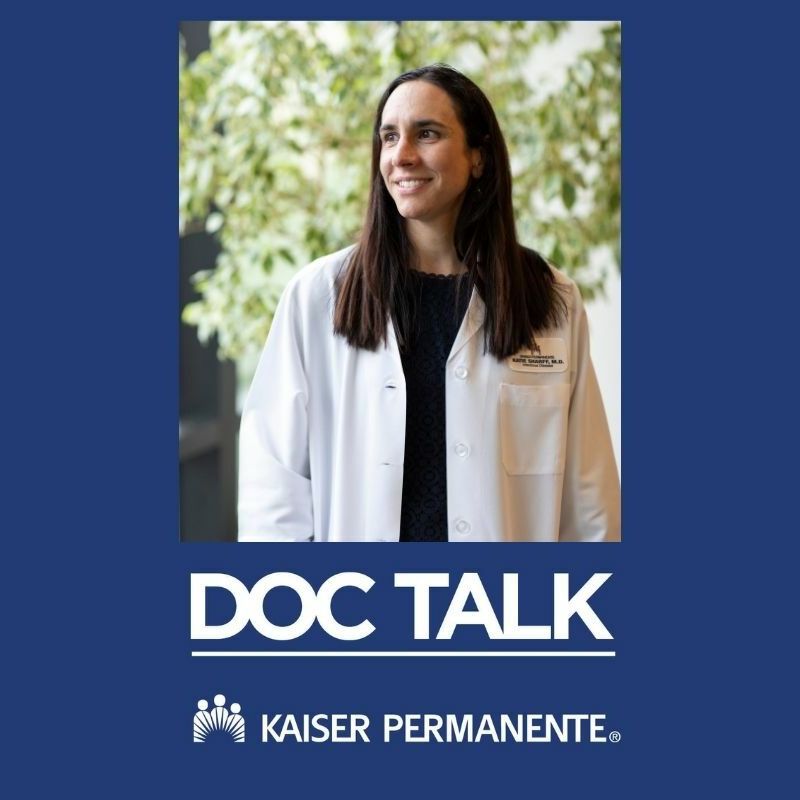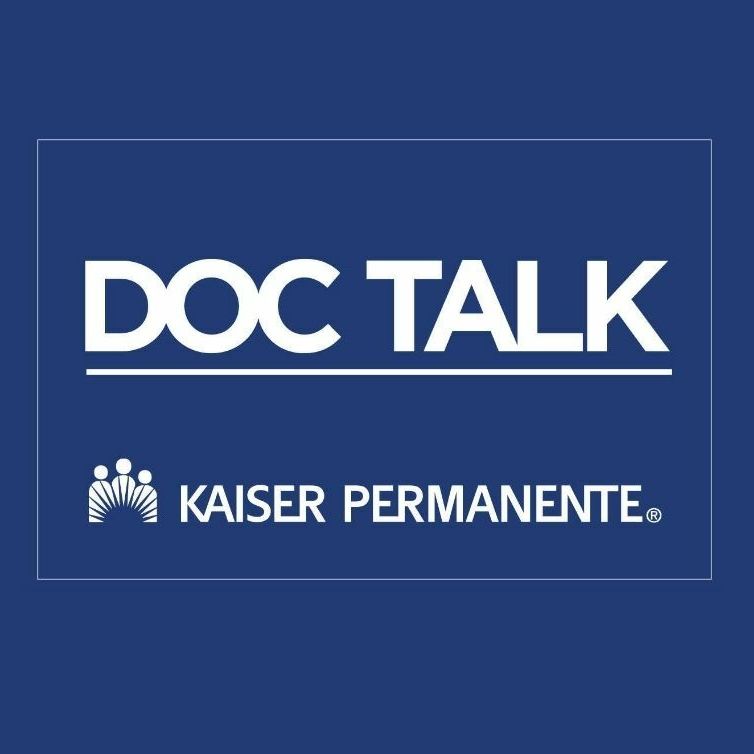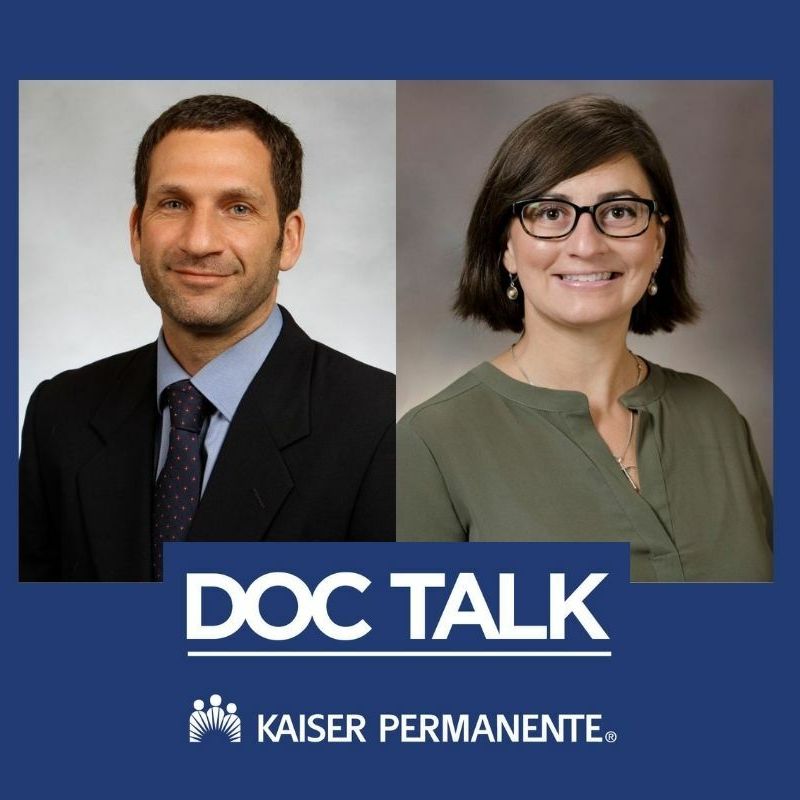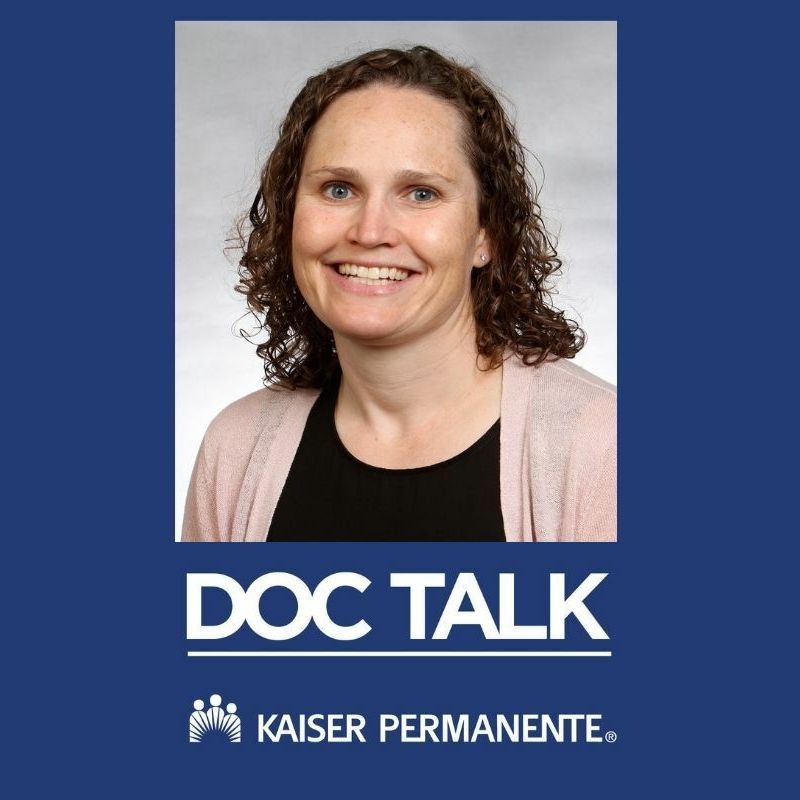DOC TALK: Your questions – answered: Early intervention with an eye to kids’ health
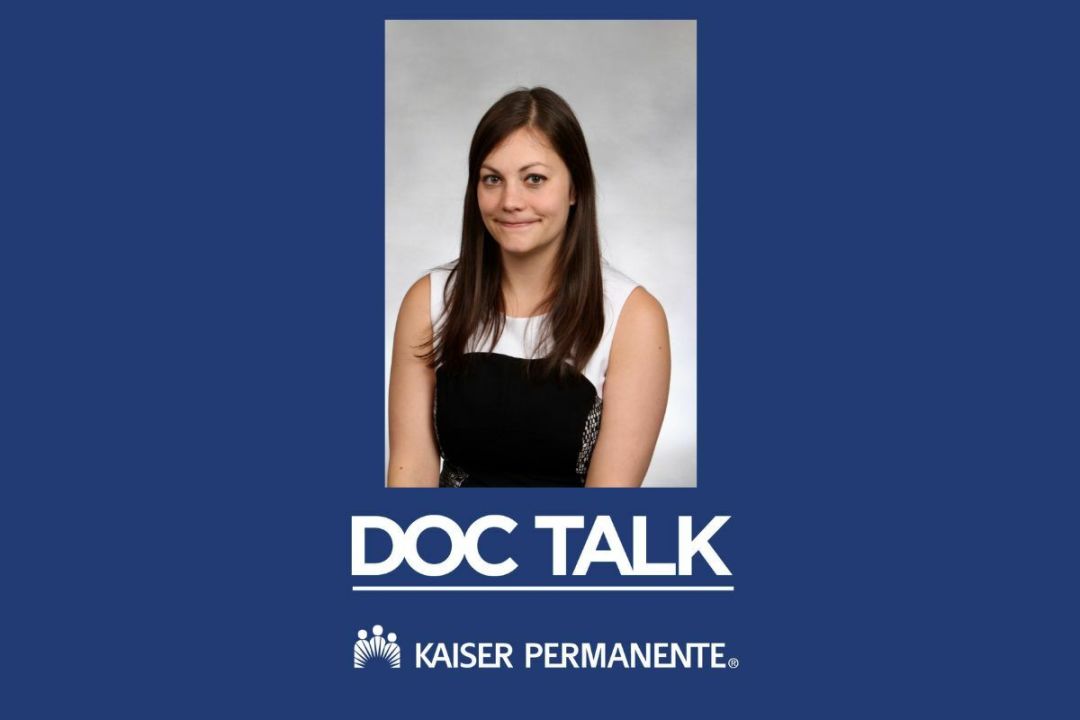
The kids are not all right, especially if they’re spending hours sitting in their dark bedrooms or squinting at their laptops, phones, and tablets. As a result, physicians are seeing more myopia in kids.
Myopia, also known as nearsightedness, causes distance vision to be blurry. It has surged in prevalence, and experts predict that by 2050, about 50% of the world’s community will be myopic. The prevalence of “high myopia,” the most severe form of the condition, is expected to rise to 10%.
“A big reason there’s a lot of focus on this internationally,” said Nanette Curtis, OD, Kaiser Permanente’s chief of optometry in Portland, Oregon, “is that we’ve seen the rates of nearsightedness increase dramatically over time.”
Doctor Curtis answers your questions about eye health and new treatments and therapies that are available to diagnose and treat myopia for kids.
Q: What causes myopia — commonly referred to as nearsightedness?
Nearsightedness is typically caused by the lengthening of the eye. And it often begins in childhood or the early teens and worsens during adolescent years. There are various culprits in the rise of myopia. Genetics play a role. Too much screen time and not enough sunshine are also harmful and may very well be linked to increased cases of myopia.
Q: What are some of the new treatments and therapies for myopia?
Specially designed soft contact lenses can simultaneously correct distance vision and slow myopia progression. Kaiser Permanente also offers atropine eyedrops. In a normal dose, atropine is used to dilate the pupil of the eye. But in a low dose — 0.01% — atropine may slow myopia progression by nearly 60%.
Q: Why is early diagnosis and intervention important for eye health?
If children aren’t diagnosed before their teen years, they may be more reliant on glasses as they age. They may also be at greater risk for cataracts, glaucoma, and retinal detachment.
Vision problems can be detected during vision screenings with a pediatrician or during a routine eye exam. While your doctor can detect a vision problem, you will typically be referred to an eye care specialist for treatment.
Q: What are some simple strategies to limit the impact of myopia for kids?
Suggestions to limit the impact of myopia include blinking often and looking away from your screen or book. Do it every 20 minutes for 20 seconds, focusing 20 feet or more away. This is known as the 20-20-20 rule and gives your eyes a chance to relax and reset.
And if parents notice their child squinting a lot, or watching television from close range, make an appointment for a vision exam by working with their pediatrician.
Submit your questions today for next month’s Kaiser Permanente DOC Talk.
